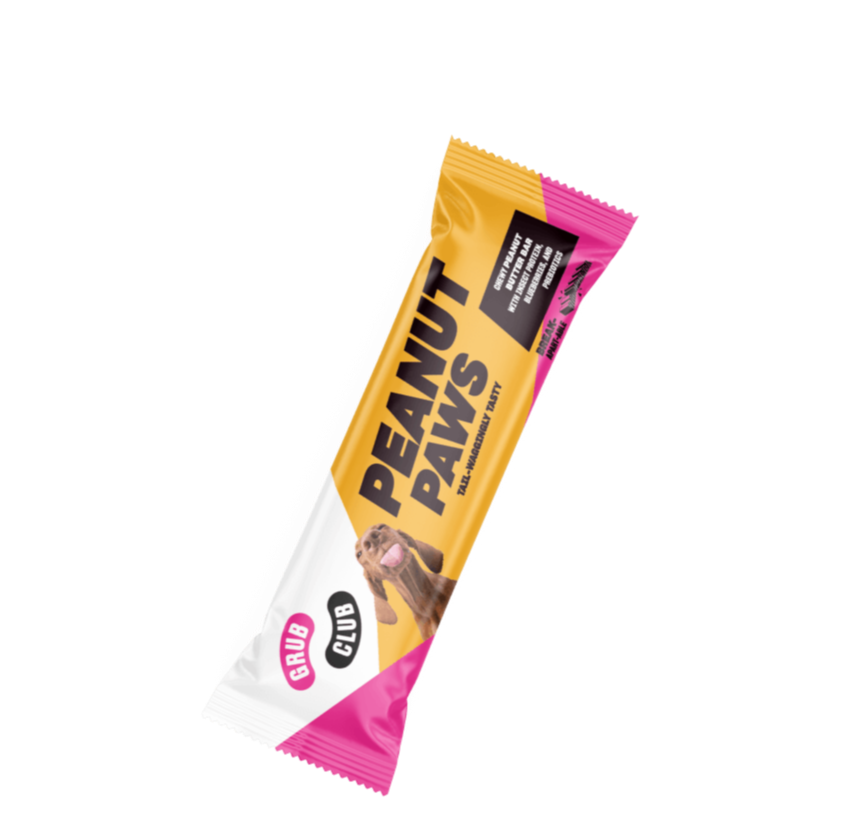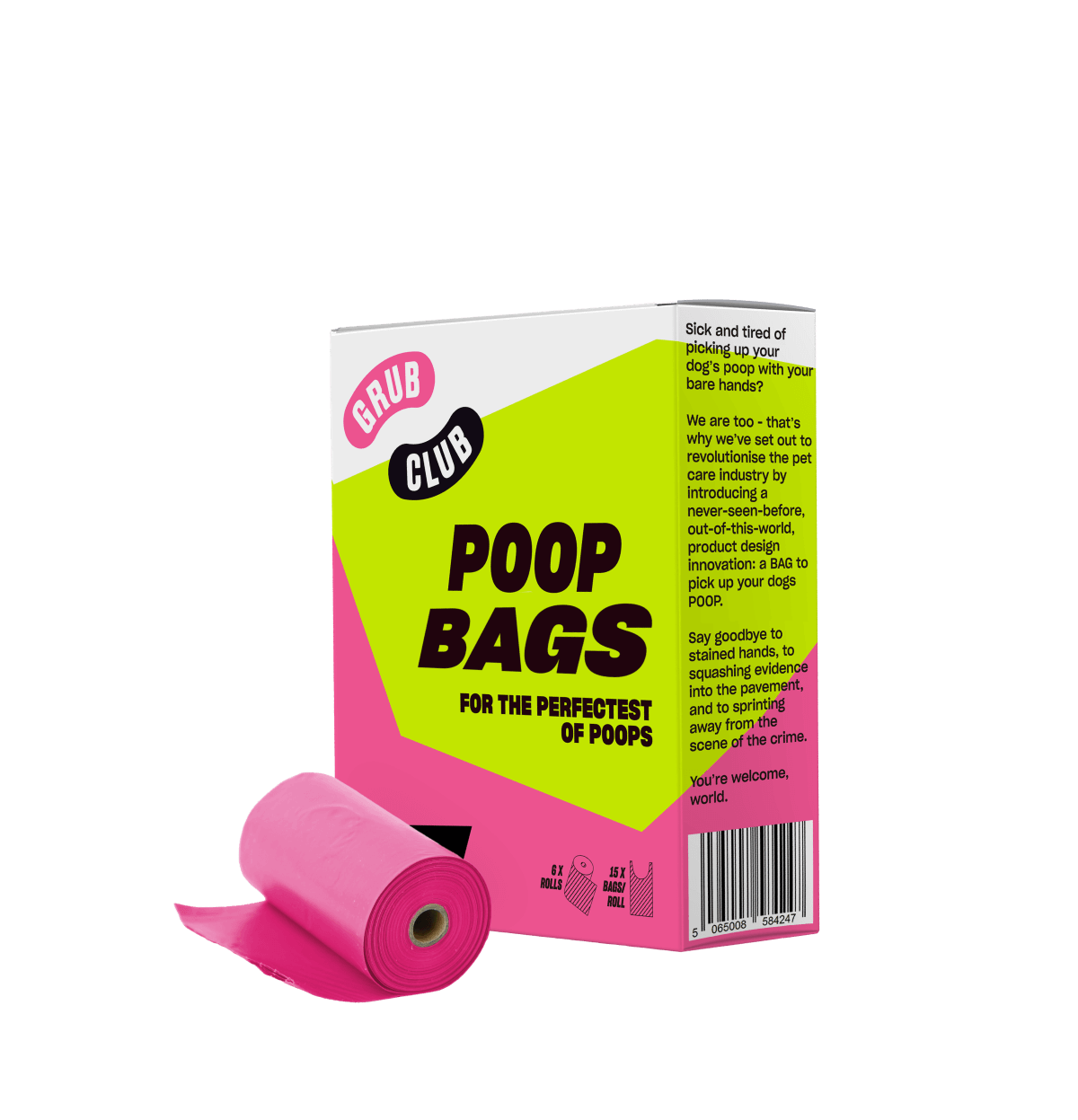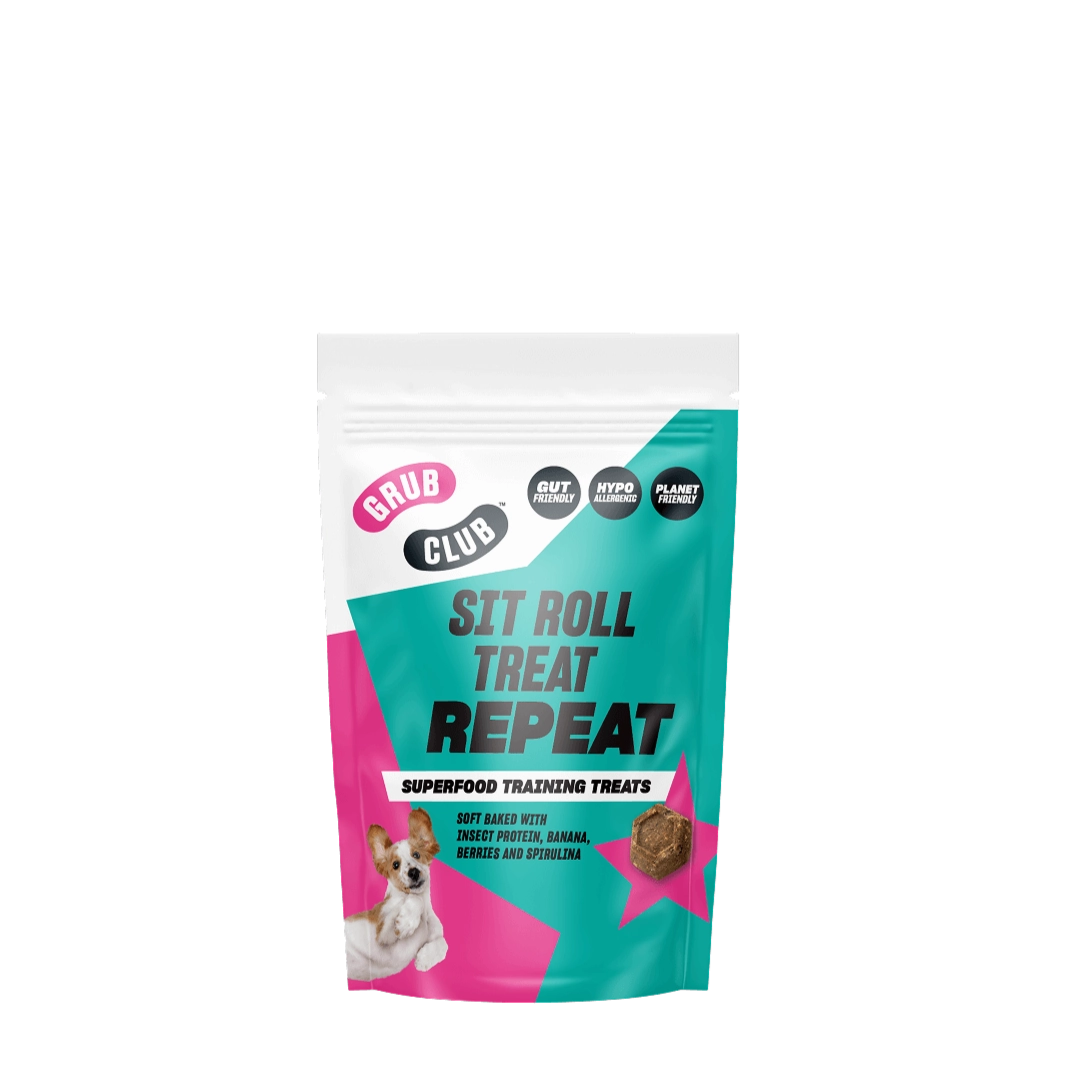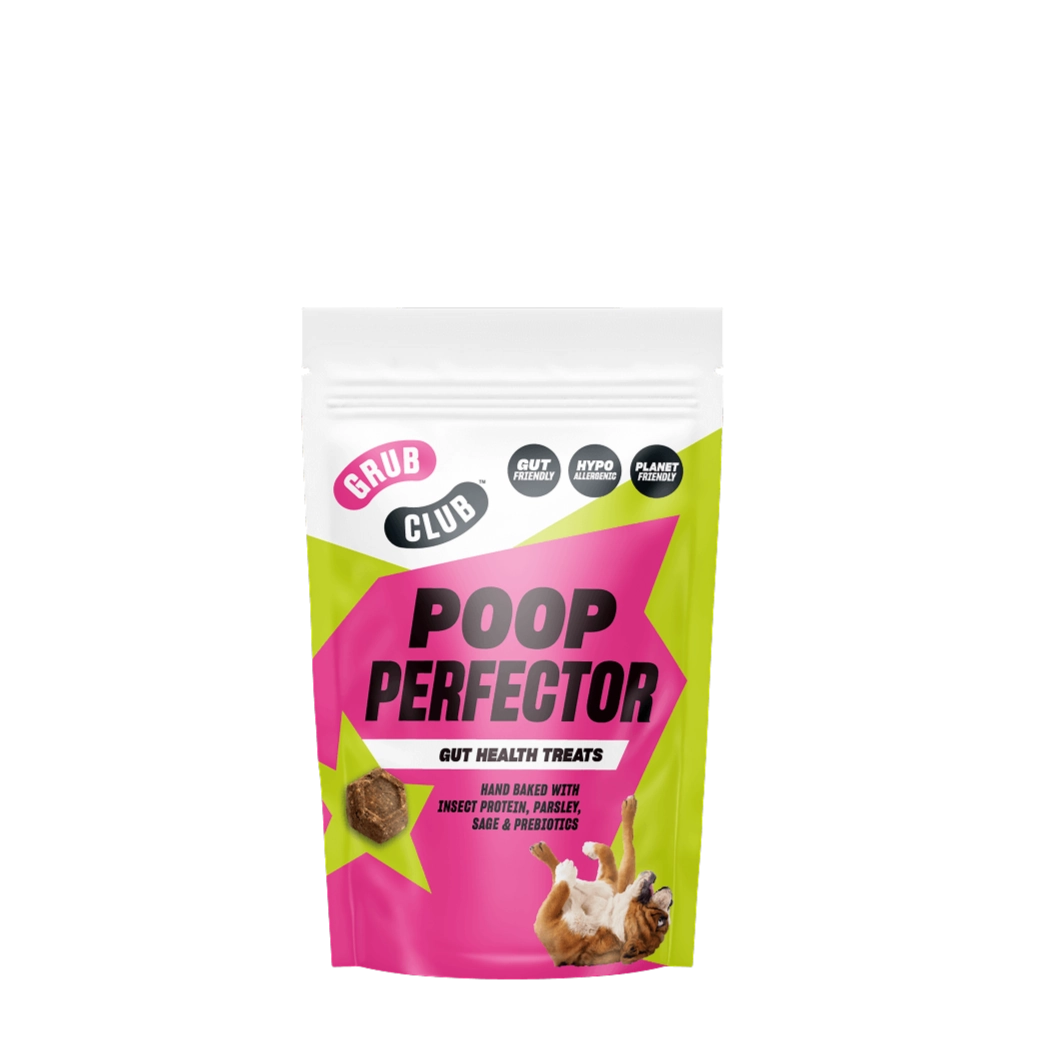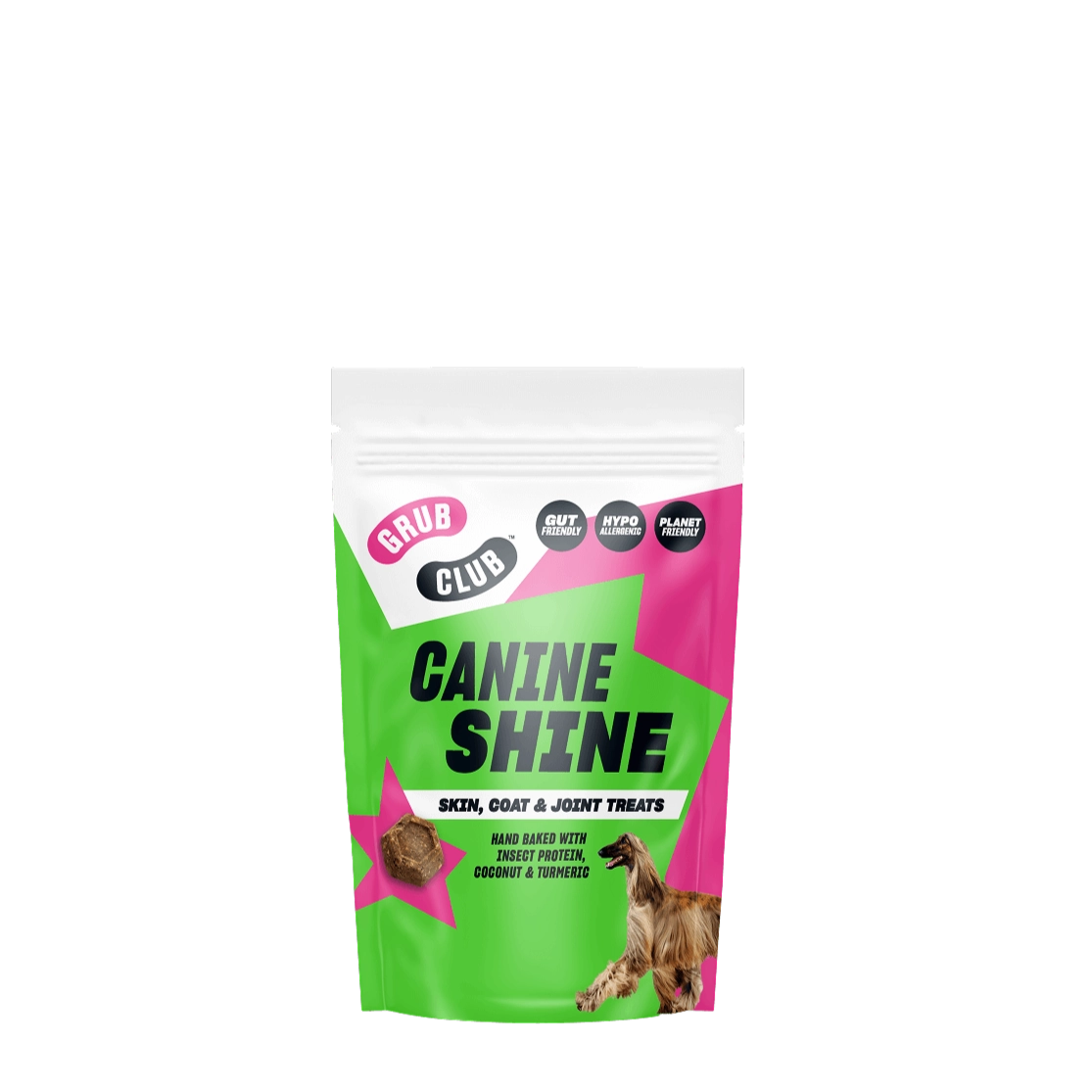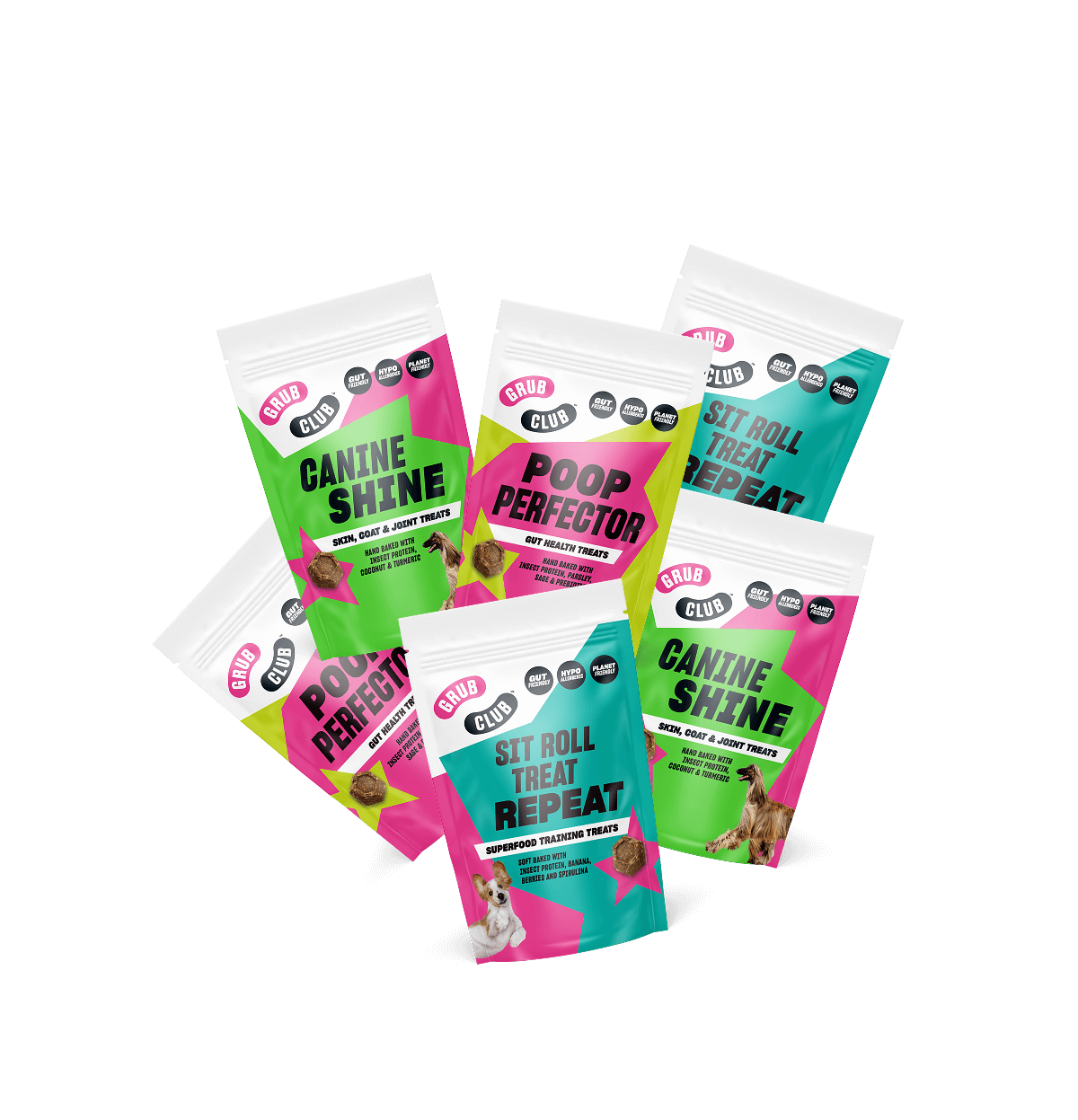Top Dog: All-In-One
Supplement for Snout-to-Tail Wellness
60 Scoops
FREE UK Delivery on orders above £49.
You have £0.00 in your cart, spend £49.00 more and get free shipping.
60 Scoops
1 Bar
72 Bags
1 Pack
1 Pack
1 Pack
Or continue without a name
CheckoutWhen it comes to adopting more eco-friendly habits in your daily lifestyle I’m sure you have already ticked off the usual such as walking more often, turning off the light switches, choosing reusables where possible, buying second hand over new and so on but has your mind ever turned to your pets? It may surprise you but our pets can actually carry a significant carbon footprint!
Let’s take a look at some of those CO2 figures by referring to Mike Berners-Lee’s book, “How Bad Are Bananas?”, which reveals the carbon footprint of just about everything in our lives, including some of our most popular pets:
And recent studies have also shown that one of the main culprits resulting in these large numbers is in fact the food we provide for our beloved pets:
We are going to start with that biggie; the pet food. Why is it such a high number? Well, for starters, we are huge animal lovers and it is estimated that more than half of the world’s population (56%) owns at least 1 pet. Secondly, most of us feed our cats and dogs meat or fish and I am sure you will already know that the meat industry is one of the most damaging to our planet. Every single minute, around seven football fields of land are bulldozed worldwide to create more room for farmed animals for our and our pets’ consumption. So, in short, we are basically removing a natural carbon storage system and adding cattle who create large amounts of methane gases, it just doesn’t make sense, does it?..
So, how can you be a more eco-friendly pet parent when it comes to choosing your pet’s food? Well, if you are a cat or dog owner then your pets can make a huge difference by eating an insect-based meal instead of a meat-based one. Now don’t start to panic, this will not have a detrimental effect on their health, in fact, it can actually be better for them. Insect protein like that from Black Soldier Fly Larvae (which we use here at Grub Club in both our dog food and treats) is in fact rich in omegas and amino acids, it is hypoallergenic, low in fat, and easily digestible.
And I am sure you are now wondering “why insects?” so here are some fun facts on how these can work wonders in reducing our carbon footprints:
In essence, food made from insects will use 47x less land, 25x less CO2 and 25x less water. Great news for both your pet and our planet!

As a dog owner, picking up after your pet is imperative for the safety of other people, out of courtesy for walkers but also for the sake of our environment. Some people believe that the ‘stick and flick method’ is OK to do but dog poo carries parasites and bacteria that can contaminate the earth and waterways so it should always be picked up and discarded correctly. There are many dog poop bags on the market right now but if you want to be an eco-friendly pet parent and do your bit for our environment your best option would be a Biodegradable Poop Bag. Whilst these bags are still made with plastic, they’re mixed with an agent that will completely break down in 2 – 5 years – leaving behind no micro-plastics, chemicals or residues.
If you have rodents as pets, don’t ditch their bedding and sawdust in the ordinary bin, instead, add this to your home compost bin or to the compost waste council collected bin (if you have one). Faeces from animals like these do not contain any nasties to contaminate the ground and, products like paper, cardboard, sawdust, hay and straw will easily and naturally break down within a compost bin.
If you regularly groom your pet and usually throw their fur in the bin, this is another habit that can be easily changed too. Pet hair will also biodegrade into compost given the right conditions so reduce your household waste and use this to create something you can go on to use in your garden.
Other compostables are quickly making their way to market and we are loving it! One of our latest faves are pet food bowls made from a combination of bamboo, cornstarch and rice husks which result in producing a material that has the same strength and durability as plastic but, at the end of its life, it can be added to a compost bin. Keep your eyes peeled for any items like these because the less virgin plastic we produce the better.
Pet toys are big business but each time we make something new we are releasing CO2 into the environment. This is seen via sourcing materials (plastic we are looking at you!), producing these toys in hugely polluting factories and then through shipping. One of the best ways you can be more eco-friendly in this department is by shopping secondhand, choosing cuddly toys from the charity shops, accepting hand me downs or reusing toys from a previous pet for a new one. If you are pretty good with a needle and thread, you could even have a go at making your own toys.
Alternatively, look for robust toys that will not break in an instant (we’ve all seen that happen in the past, haven’t we?!) and also look for ones that have been made using recycled materials.
When you have a dog you know that you have a responsibility to walk them 2-3 times a day to burn off that energy and stimulate their minds. However, how many times a day does your walk involve a car first? If possible, try your best to walk your pets locally rather than driving to another location. We know it can’t always be helped but the more time we spend walking rather than driving the better it is for the environment. And this of course can also apply if you walk other pets such as your cat, rabbit, ferret or perhaps your Alpaca?! Take some time to research what is around you, ask local dog walkers for some of their favourite spots and we bet you’ll end up finding some wonderful trails you never even know existed!
Being a more eco-friendly pet parent really doesn’t have to be tricky, you just simply need to adjust a few areas, be a little more eco-conscious when looking at what you need to purchase and be open to new ideas like our insect-based pet food.


